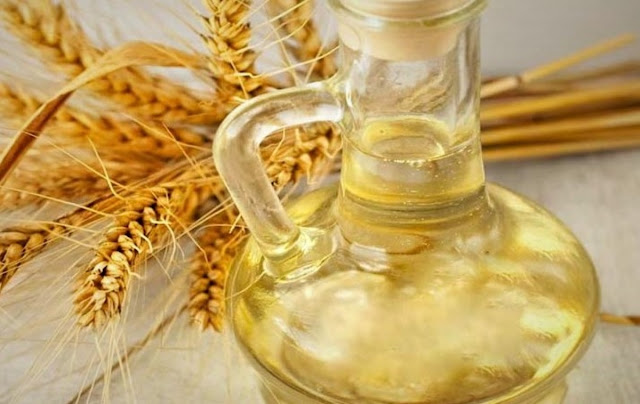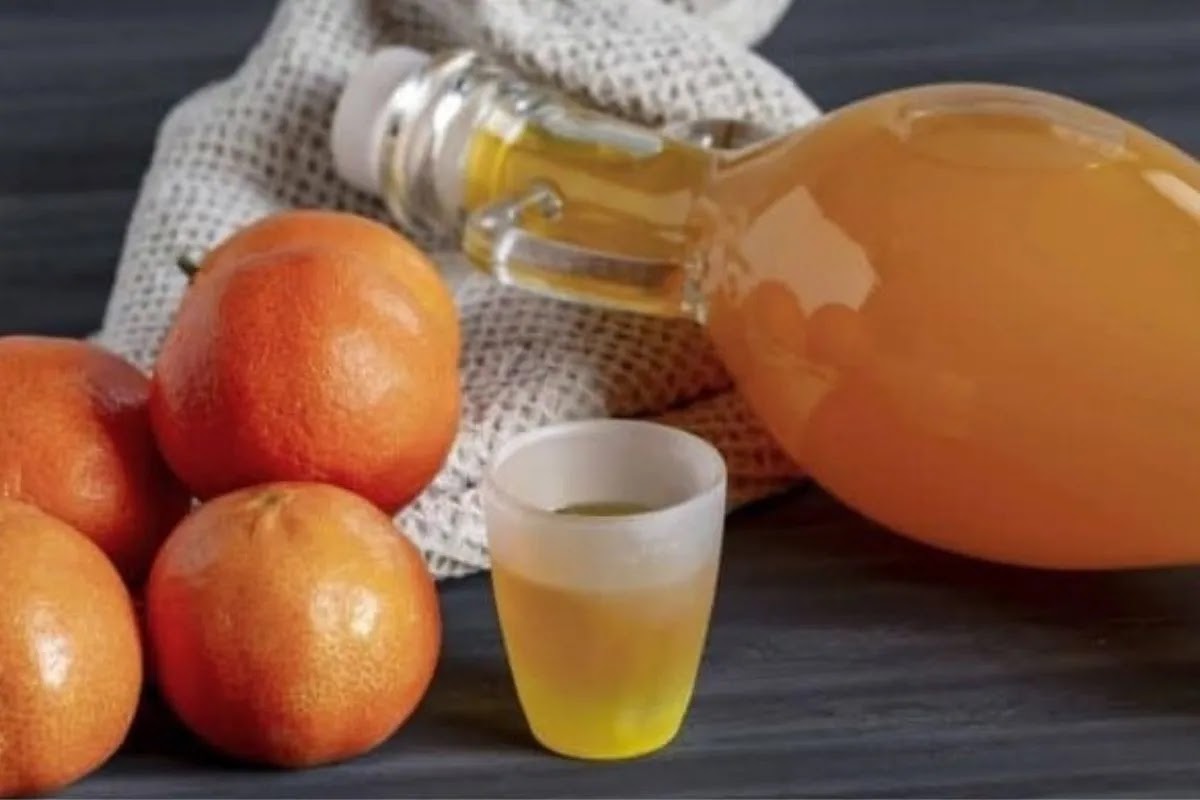Powdery mildew of the sage

Powdery mildew or white sickness is a cryptogamic disease, that is of fungal origin, which can affect sage plants and occurs on the leaves. This is the most frequent pathology among those that can affect this aromatic herb and occurs in particular with mild temperatures and high humidity. It is a very simple disease to identify: because the white patches that are seen on the leaves of the sage are very characteristic. A reader of Orto Da Coltivare, Barbara, asks me exactly what her plant can have, describing the symptoms of powdery mildew. I answer publicly because I think it may be useful for many to know how to defend themselves from this problem with natural methods and above all how to prevent it. Recognizing powdery mildew on sage Those who cultivate the vegetable garden will already know powdery mildew because it is a frequent pathology also on other cultivated plants, in particular on pumpkin and courgette. Powdery mildew is also called white sickness precisely because it ...



